#Nikolaos Gyzis
Explore tagged Tumblr posts
Text
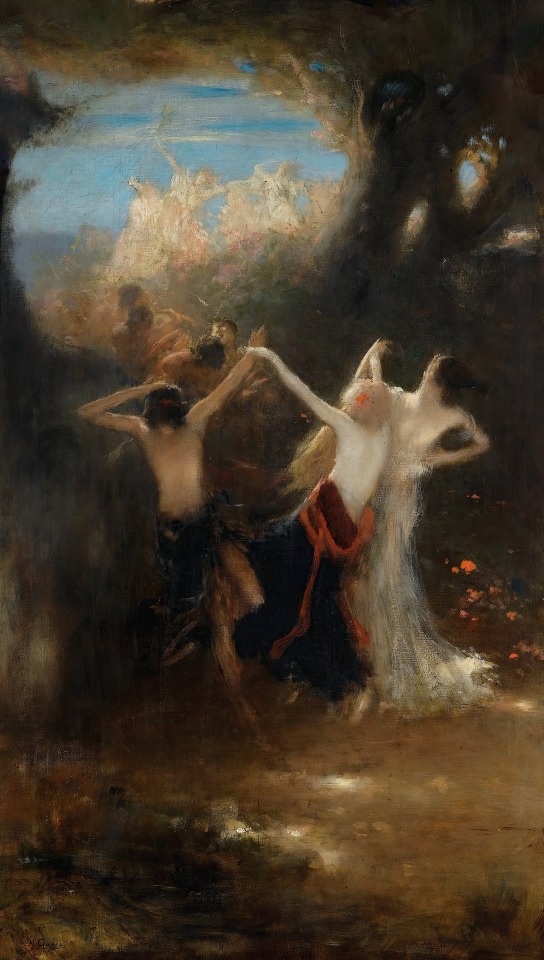
Dance of the Nymphs by Nikolaos Gyzis (19th Century)
#nikolaos gyzis#art#paintings#fine art#19th century#19th century art#symbolism#symbolist art#painting#greek art#greek artist#mythology#greek mythology#bacchante#maenad#classic art
1K notes
·
View notes
Photo
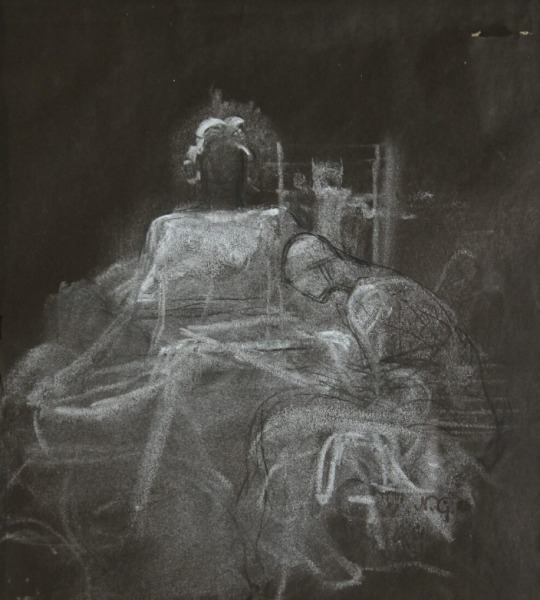

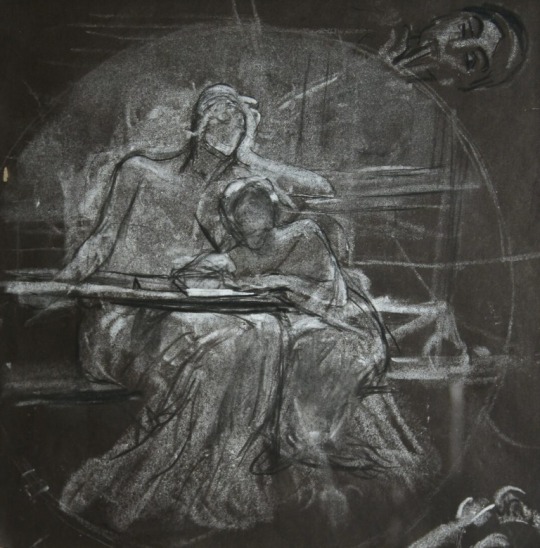

Nikolaos Gyzis (Greek, 1842–1901)
1K notes
·
View notes
Text
Writing Reference: Cake Terminology
IN AMERICAN ENGLISH...
Cake - is anything, large or small, filled or unfilled, made from a sweet batter, whether dense or light
IN THE UK...
A cake - what Americans might call a “plain cake”.
It usually refers to a dense baked good such as Madeira cake, similar to what Americans might call a pound cake, or to a fruit-laden Christmas cake (U.S. fruitcake).
A layer cake - referred to as a “sandwich sponge,” “sandwich,” or by the French term gâteau.
IN FRANCE...
Le cake - a loaf-shaped pound cake often enriched with dried or candied fruits.
Lately, the French have begun to apply the term to any loafshaped, flour-based baked goods; one result is le cake salé (salted cake), a dense savory cake.
Delicate layer cakes with rich or soft fillings are also referred to as entremets (desserts).
A layer cake can be a gâteau in France as well as in the United Kingdom, though the same term may also refer to desserts made from pastry doughs, such as:
Almond-filled gâteau des rois - (kings cake or Twelfth Night cake) made from puff pastry
Gâteau Basque - made from a sweet pastry dough
Gâteau Saint Honoré - made from unsweetened pastry dough or puff pastry
Pâte à choux - cream puff pastry
IN GERMAN-SPEAKING COUNTRIES...
Terminology mostly follows classic South German nomenclature.
Plain cakes, those embellished with fresh fruit, or those made from yeast-leavened doughs are referred to as Kuchen.
Layer cakes and some rich cakes made from pastry doughs are called Torten, as in:
Punschtorte, layers of sponge cake moistened with rum punch and filled with apricot jam;
Sachertorte, a rich chocolate cake; and
Linzertorte, a dense, jam-filled cake; halfway between a cake and a pastry.
A Torte is sometimes mistakenly thought to be a cake or cake layer made without flour, probably because the Viennese baking tradition often uses ground nuts either alone or combined with flour or dry breadcrumbs for Tortenboden or cake layers.
IN ITALY...
Italian bakers solve the problem by referring to most cakes, as well as to pies and tarts, as torte.
An Italian torta may be either a layer cake, as in:
torta bignè (a cream-filled layer cake covered with tiny unfilled cream puffs or bignè), or
torta di mandorle (an unfilled, denser cake such as an almond pound cake).
torta rustica - A torta can refer to a savory pie
torta di mele - or a sweet pie

Source ⚜ More: Notes & References ⚜ Writing Resources PDFs
#food#writing reference#writeblr#langblr#linguistics#words#cake#spilled ink#writers on tumblr#poets on tumblr#writing prompt#literature#studyblr#writing inspiration#creative writing#lit#sweets#dessert#dark academia#nikolaos gyzis#writing resources
98 notes
·
View notes
Photo
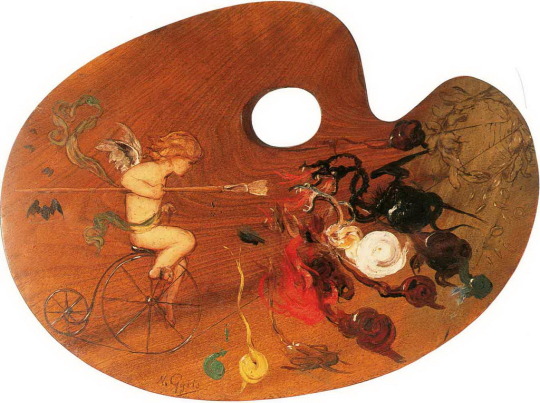
Νικόλαος Γύζης (Nikolaos Gyzis) (Greek,1842-1900)
Αλληγορία της ζωγραφικής (Allegory of painting), 1890
1K notes
·
View notes
Text

Behold the Celestial Bridegroom Cometh (Nikolaos Gyzis, 1895)
244 notes
·
View notes
Text
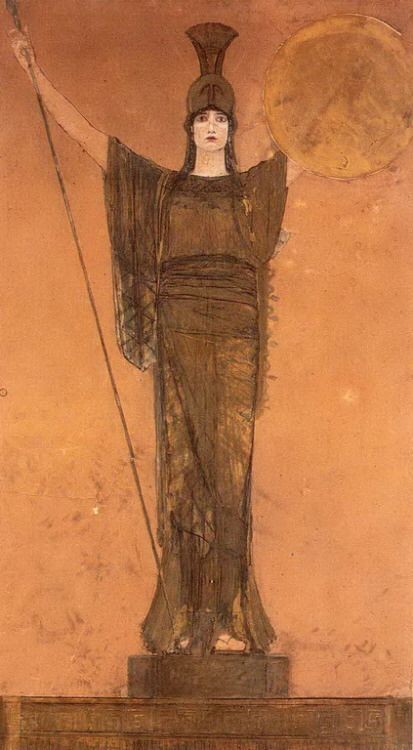
Pallas Athena by Nikolaos Gyzis, 1887.
#mythology#art#symbolism#greek gods#nikolaos gyzis#figurative art#athena#goddess#wisdom#noesis#divine feminine#19th century#munich school#painting#greek painter
47 notes
·
View notes
Text

Nikolaos Gyzis, Harmony (1893)
36 notes
·
View notes
Text










Some of my favourite portraits in Athens National Gallery 🎀
#athens#gallery#national gallery of art#greek art#art#paintings#portrait#portraits#1800s#new romantics#1900s#paint#oil painting#galleries#art gallery#greek painter#thalia flora-karavia#georgios jakobides#yannis tsarouchis#Nikos Hadjikyriakos-Ghikas#panagiotis doxares#mother mary#religious painting#sofia laskaridou#nikos lytras#nikolaos gyzis#polychronis lembesis#konstantinos panorios
12 notes
·
View notes
Text
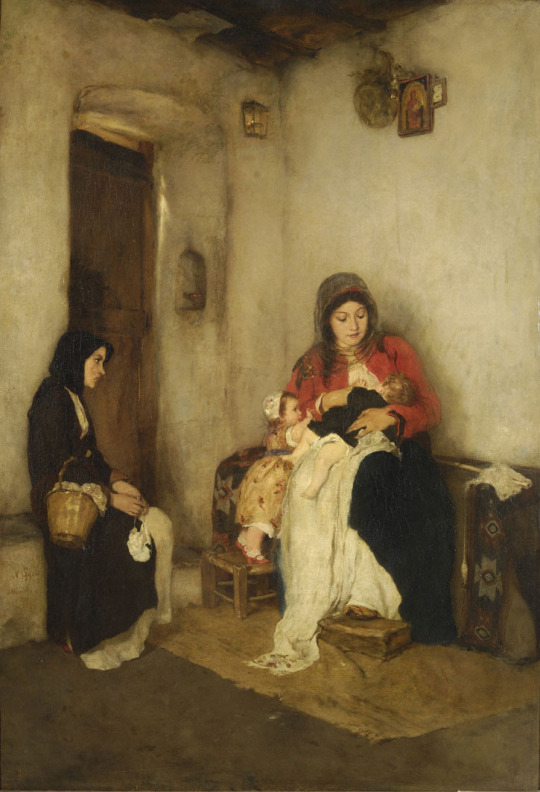
"The Soulmother", Nikolaos Gyzis - 1883
A psychomana ("ψυχομάνα", lit. soul mother) in Hellenic/Greek is the term traditionally used for surrogate mothers and wetnurses. There are two theories for what this painting depicts.
The first wants the mother in black to be the biological mother of the child, who envies the other woman for the milk she offers to her child. The basket shows that this woman came for a while, just enough for the child to be fed.
The second theory speculates that the mother of the black-clad child is dead, probably because of childbirth. The child and the woman who brought it are both dressed in black for mourning. Perhaps the woman on the left is the deceased mother's sister. The soulmother will be nursing the child from now on. The feeling of envy could still be present in the black-clad woman. Perhaps she would like to nurse the child her sister left behind but she is unable to offer as much.
Personally, I think the second theory is closer to the artist's intent. In our tradition, it's not appropriate for a child so young to be dressed in black. So if someone dressed the kid like this, it would be for the mother's funeral.
#a bit of an unusual post but I just could NOT leave this painting without shouting to the void about it#hellas#hellenismos#nikolaos gyzis#art#painting#mother#wetnurse#history
116 notes
·
View notes
Text
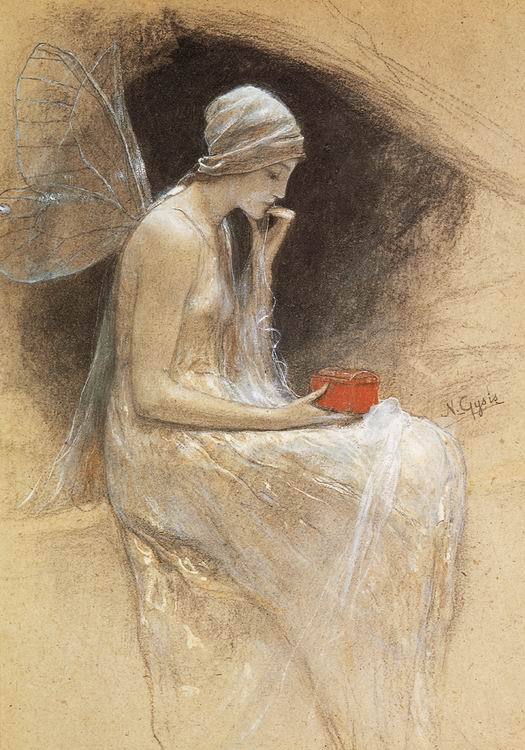
Nikolaos Gyzis - Psyché, 1893.
82 notes
·
View notes
Text

The Spider by Nikolaos Gyzis (1884)
#nikolaos gyzis#art#paintings#fine art#19th century#19th century art#art nouveau#romanticism#romanticism art#painting#greek art#greek artist#allegory#spider#spider web#classic art
3K notes
·
View notes
Text
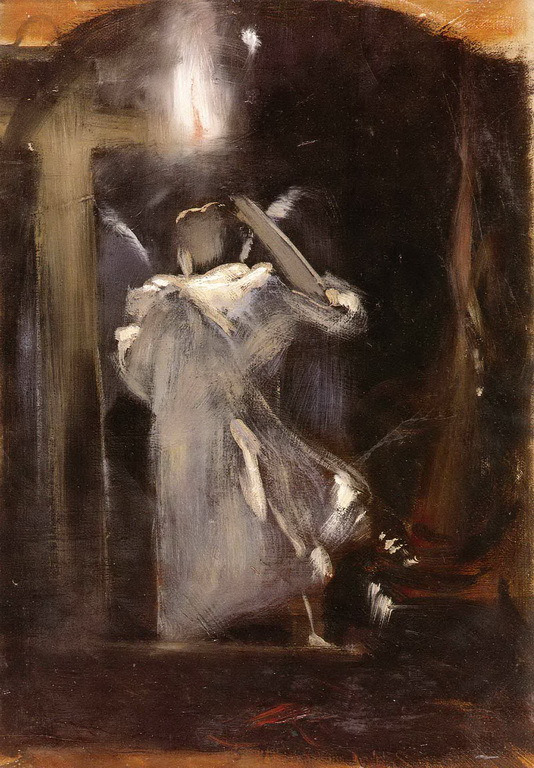
Nikolaos Gyzis - Archangel (Γύζης Νικόλαος-Αρχάγγελος)
46 notes
·
View notes
Photo

Νικόλαος Γύζης (Nikolaos Gyzis) (Greek,1842-1901)
Γιάντες (Wishbone), 1879
oil on canvas
189 notes
·
View notes
Text

Behold the Celestial Bridegroom Cometh Nikolaos Gyzis, 1895
#Behold the Celestial Bridegroom Cometh#Nikolaos Gyzis#1895#1890#Symbolism#Behold the Bridegroom#symbolic painting#oil#canvas
3 notes
·
View notes
Text
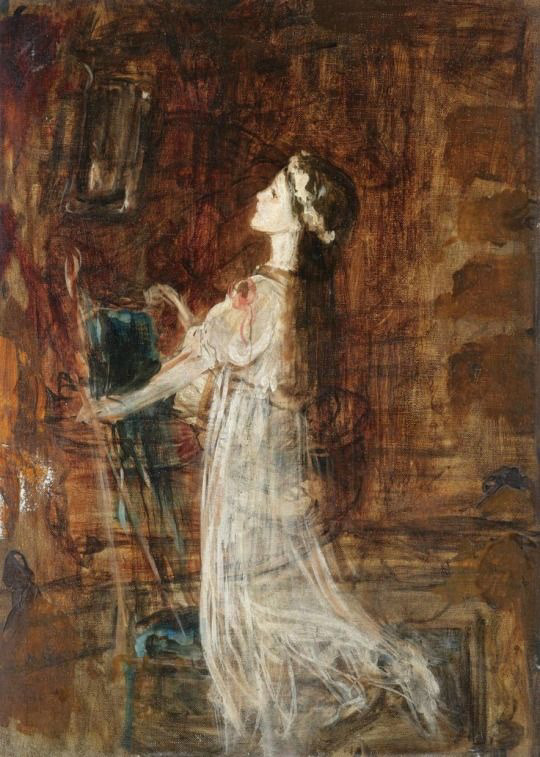
Young Girl Kneeling on a Chair
Nikolaos Gyzis
oil on canvas laid down on board
#Nikolaos Gyzis#art#artist#painter#painting#Young Girl Kneeling on a Chair#oil on canvas laid down on board
31 notes
·
View notes


